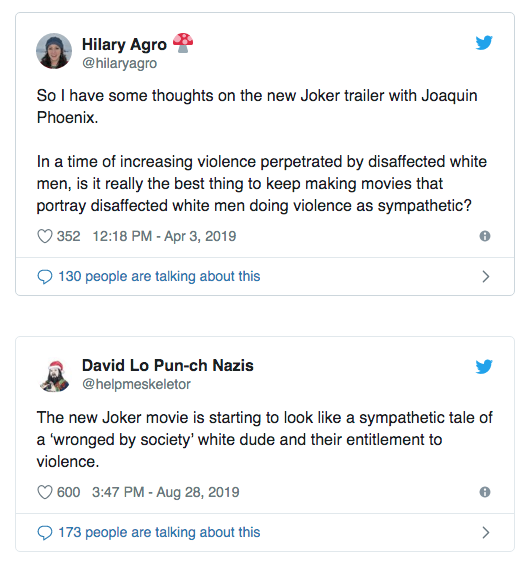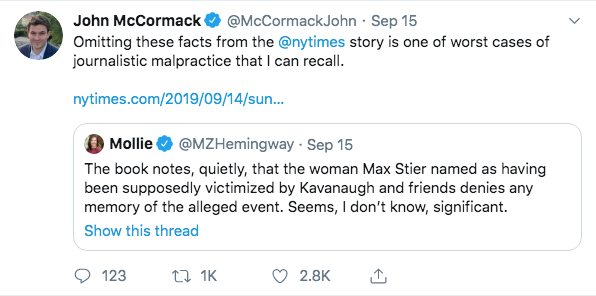
According to the MPAA movie-ratings site, Joker is “rated R for strong bloody violence, disturbing behavior, language and brief sexual images.” Scheduled to open in theaters this Friday (Oct 4th), Joker is not an appropriate film for youngsters who may be fans of the Batman franchise.
“Starring Joaquin Phoenix and directed by Todd Phillips, the movie has already been deemed dangerous by its vocal critics, akin to an incel training manual. To some of the movie’s fans, those critical reviews and negative reactions are just another example of social justice warrior overreach. “
Vox
Concerns over dangerous media content have a long history going all the way back to the ancient Greek philosopher Plato who warned about the dangers of writing. Plato was concerned that writing would be a substitute for memory and over time result in forgetfulness. Centuries later, photography was seen as facilitating the sin of idolatry. Motion pictures (film) introduced young audiences to all sorts of vices including lust and violence. Comic books, radio, TV, internet and video games have all suffered the same accusations of endangering young hearts and minds.
But just because we’ve come to dismiss the dangers and fears associated with each new technology does not mean that we should dismiss real threats when they arise. Bullying on social media, addiction to video game play or pornography, and racism and misogyny promoted in anonymous chat rooms and forums: each of these are real threats to physical and mental health and, one can argue, a threat to community.
Based on the trailers for Joker some are questioning whether the film gives too much attention (and cover) to “disaffected white men” whose alienation leads them to act out to get attention. The following tweets capture this sentiment.

In response to criticism the Warner Bros. studio offered this statement.
“Warner Bros. believes that one of the functions of storytelling is to provoke difficult conversations around complex issues. Make no mistake: neither the fictional character Joker, nor the film, is an endorsement of real-world violence of any kind. It is not the intention of the film, the filmmakers or the studio to hold this character up as a hero.”
Not being a big fan of superhero movies–and not one to enjoy gore and extreme violence–I’ll likely sit this one out. But if you see it I’ll be interested to hear what you think. Is it a dangerous film, or are the critics who are passing judgement a greater danger to our collective well-being?







